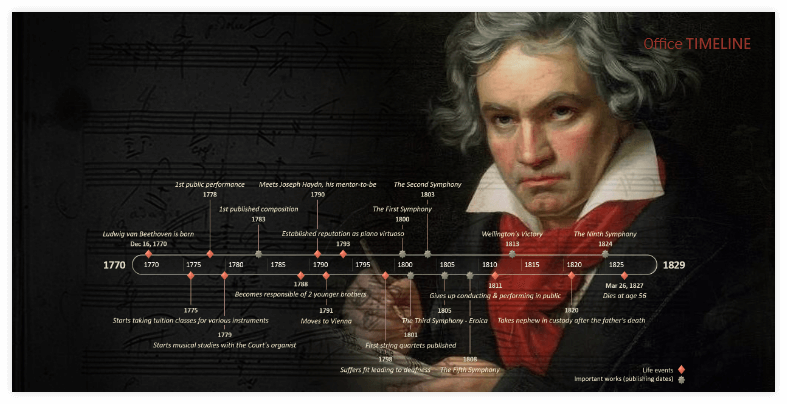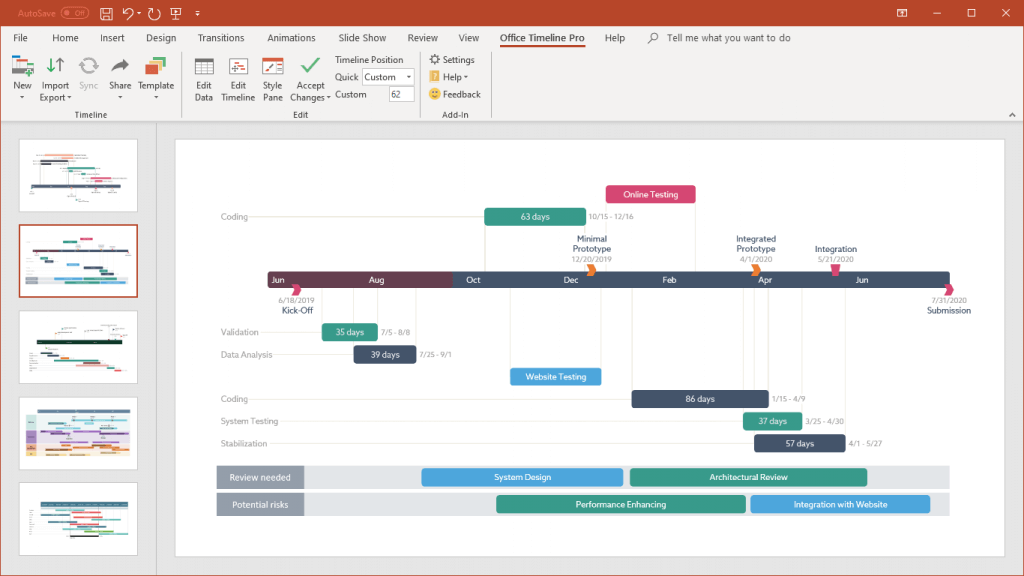
December 17th marks the birth of German pianist and composer Ludwig van Beethoven. Authoring numerous innovative compositions that combined vocals and instruments, he widened the scope of the symphony, quartet, sonata and concert, which made him a crucial figure in the transitional period between the Classical and Romantic eras of Western music. Out of his prodigious repertoire, creations such as Symphony No. 3 (also named the Eroica Symphony), Symphony No. 5, Für Elise, Ode to Joy and Moonlight Sonata remain among the best known.
To bring an homage to the musical genius whose enduring masterpieces delight modern audiences to this day, we have created the Ludwig van Beethoven Timeline – a short visual chronology of his life, including the publishing dates of his most famous compositions.
The son of a tenor and violin tutor, a 5-year-old Ludwig would begin a rigorous tuition regime for several instruments which was so intensive that it sometimes involved him being awakened in the middle of the night to practice. Displaying tremendous talent, he had his first public performance at the age of 7. In 1791, after being introduced to Joseph Haydn, who would later become his mentor, Beethoven moved to Vienna and dedicated himself to study and performance. Three years later, he already enjoyed the reputation of a piano virtuoso and improviser in the salons of the nobility.
When he was 28, it is reported that Beethoven suffered a fit induced by rage because of being interrupted at work, which caused him to fall over. This unfortunate event led to his gradual hearing loss and, eventually, deafness which forced him to give up performing in public in 1811. Although his growing deafness sparked thoughts of suicide, the composer resolved to continue living through and for his art. Faithful to his resolution, he kept composing at a furious pace and yielded an astonishing output of complex and original music that would place him in the pantheon of the greatest composers.
The Ludwig van Beethoven chronology was ‘composed’ with the user-friendly PowerPoint extension Office Timeline, which helps you easily create stylish timelines and Gantt charts. The slide is free to share and can be customized further using the free trial of the Office Timeline Pro+ Edition.
Download the Ludwig van Beethoven Timeline for PowerPoint here.

Turn project data into professional timelines
Get the advanced features of Office Timeline Pro+ free for 14 days.
Get free trial